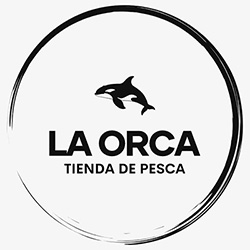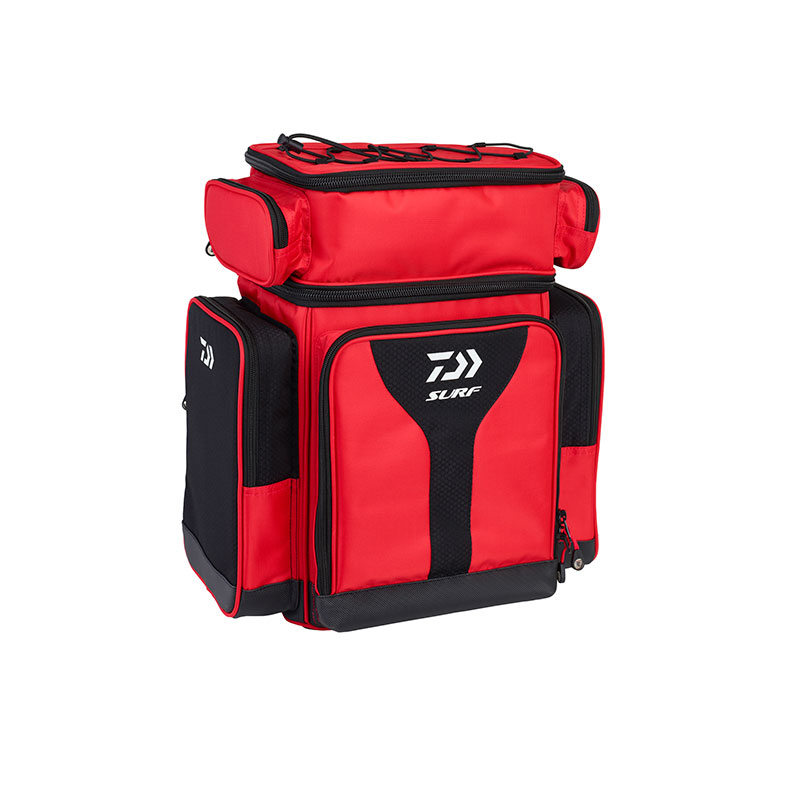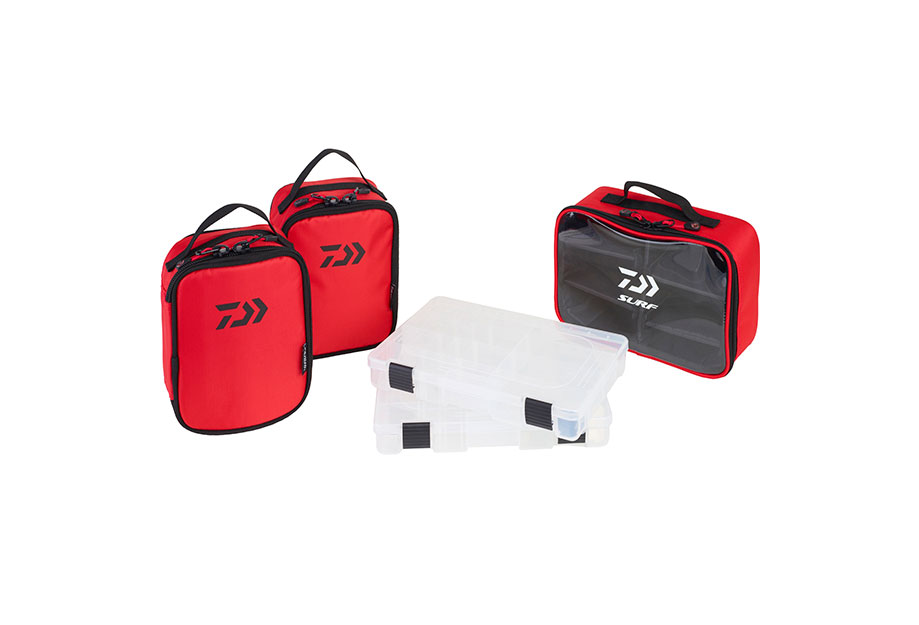Tienda
Mochila Daiwa Surf 50 L
El precio original era: 149,95€.129,95€El precio actual es: 129,95€.
Mochila de Pesca Daiwa Surf 50L – Organización y Funcionalidad para el Pescador
La Daiwa Surf 50L es una mochila de pesca de alto rendimiento, diseñada para pescadores que buscan el máximo nivel de organización, comodidad y durabilidad. Su diseño estructurado y modular permite transportar todo el material necesario para una jornada intensiva de pesca, manteniendo cada elemento perfectamente clasificado y protegido.
Amplio Espacio Central con Múltiples Compartimentos
El compartimento central de la mochila contiene una maleta de gran capacidad junto a dos estuches específicos para carretes. La maleta está dividida en seis compartimentos ajustables mediante velcro, ideales para guardar bobinas adicionales, accesorios o incluso dos carretes completos.
Bajo la solapa principal, se incluye un bolsillo de malla con cremallera, ideal para almacenar plomos, tijeras, alicates o pequeños utensilios de corte, manteniéndolos siempre a mano.
Compartimento Superior Multifuncional
La parte superior de la mochila alberga otro gran bolsillo dividido en cuatro compartimentos móviles, perfectos para accesorios delicados o material adicional. Además, incluye dos bolsillos laterales más pequeños, pensados para pequeñas cajas de señuelos, bajos de línea o herramientas específicas.
En el exterior, un cordón elástico superior permite sujetar fácilmente una prenda adicional, una toalla o una botella de agua, optimizando aún más el espacio.
Bolsillos Externos Inteligentes
La parte frontal y ambos laterales de la mochila están equipados con grandes bolsillos adicionales. Cada bolsillo lateral incluye una caja organizadora (18 x 27 x 4 cm), ideal para accesorios como anzuelos, mosquetones, perlas, emerillones o bajos de línea.
Construcción Robusta y Preparada para Ambientes Marinos
- Base exterior impermeable, diseñada para proteger el contenido frente a charcos, arena o superficies húmedas.
- Cremalleras de plástico de alta resistencia, seleccionadas específicamente para garantizar una larga vida útil incluso en ambientes salinos y costeros.
- Materiales resistentes al desgaste, pensados para soportar el uso frecuente y las condiciones extremas del entorno pesquero.
Especificaciones Técnicas
- Marca: Daiwa
- Modelo: DSTM1
- Capacidad: Múltiples compartimentos extraíbles
- Incluye: 1 maleta central, 2 estuches para carretes, 2 cajas laterales (18 x 27 x 4 cm)
- Bolsillos exteriores: 3 grandes (2 laterales + 1 frontal)
- Extras: Cordón elástico superior para ropa o botellas, cremalleras plásticas anticorrosión
- Base: Impermeable
Una Mochila para Pescadores Exigentes
Está especialmente concebida para pescadores que no escatiman en organización ni en calidad de equipo. Su diseño ergonómico, modular y altamente funcional la convierte en una herramienta indispensable para los amantes de la pesca técnica, tanto desde orilla como en embarcación.







